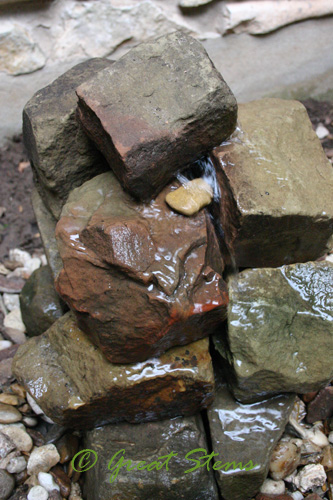The butterflies this fall have been utterly delightful. The number of species visiting our garden have been hard to count, but it’s been fun trying. Monarchs, Skippers, Sulphurs, Swallowtails, big, little, striking, camouflaged — you name it, we seem to have it. The Monarchs, always a happy presence, keep skipping off when I bring out the camera, usually because the dogs like to visit the garden when I do. But without a doubt this year the Queen butterflies have put on the biggest show, fluttering about, dancing with each other, visiting all the flowers in the garden, taking a rest, then going at it again.
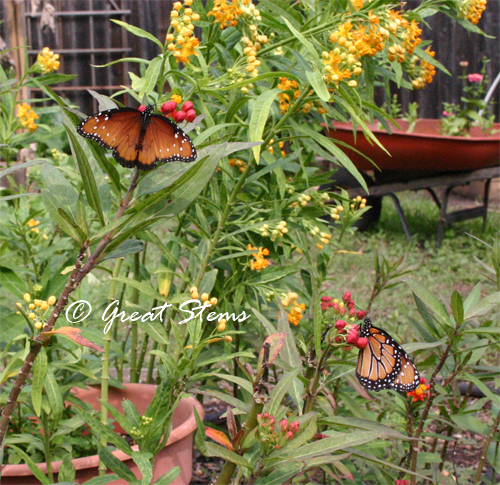
Queens, Monarchs, Viceroys, Soldiers — these butterflies are very often mistaken for one another in the United States, so how does one tell them apart? The fact that they often follow similar regional migration paths certainly doesn’t help.
The Queen butterfly (Danaus eresimus) and its lookalike cousins, the Monarch (Danaus plexippus) and the Soldier (Danaus eresimus) butterflies, are all from the same genus. They enjoy the same larval food, the poisonous Milkweed, which in turn makes all the butterflies unpleasant to predators, and their resemblance to one another helps protect all of them. The fourth lookalike is the Viceroy butterfly (Limenitis archippus), from a different genus. At a quick glance, to me, Soldiers and Queens look very much alike, and Monarchs and Viceroys are most similar to each other. But fortunately there are easy ways to distinguish them all.
But first, butterfly terms. It’s important to know these when identifying or describing features on a butterfly. The four areas typically described are upperside, seen when the wings are opened; underside, or “side view” when the wings are upright; forewings (upper pair); and hindwings (lower pair).
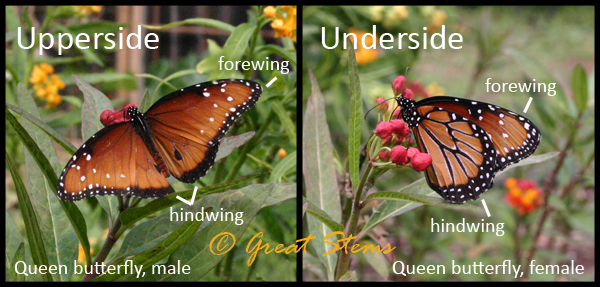 So let’s take a closer look at the Queen butterfly. From the underside, the most noticeable marker is the lack of black veins in the forewing; the Queen’s are pale. The Queen also does not have a series of pale spots along the hindwing found in the similar Soldier butterfly (shown in link farther in post).
So let’s take a closer look at the Queen butterfly. From the underside, the most noticeable marker is the lack of black veins in the forewing; the Queen’s are pale. The Queen also does not have a series of pale spots along the hindwing found in the similar Soldier butterfly (shown in link farther in post).
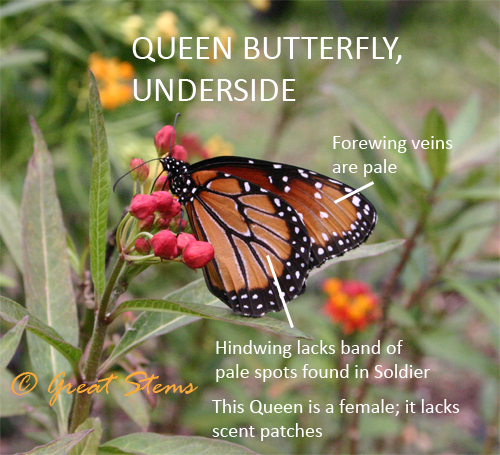
The upperside is also distinctive for the Queen, with its chestnut color and noticeable lack of black veins found in the other species.
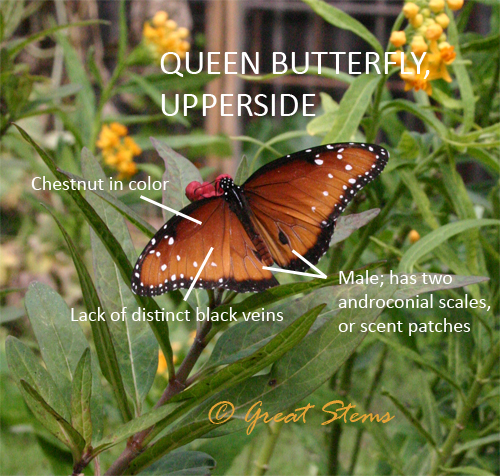
Note in the above two photos that one is a female butterfly and the other is a male. The male Queen butterfly, as in many butterflies, has two scent patches called androconial scales, which distribute the pheromones it uses to attract the females. Here is an underside view of a male Queen.
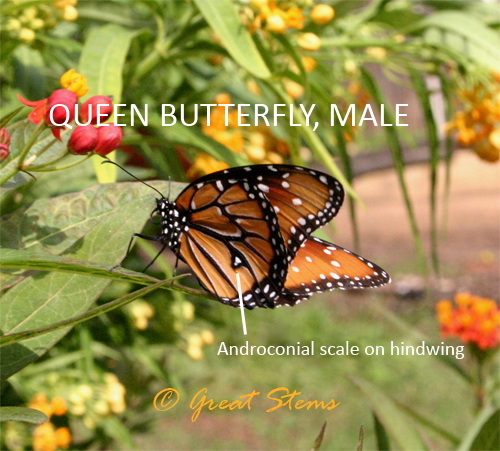 The familiar Monarch butterfly is typically larger and more orange than the Queen butterfly.
The familiar Monarch butterfly is typically larger and more orange than the Queen butterfly.
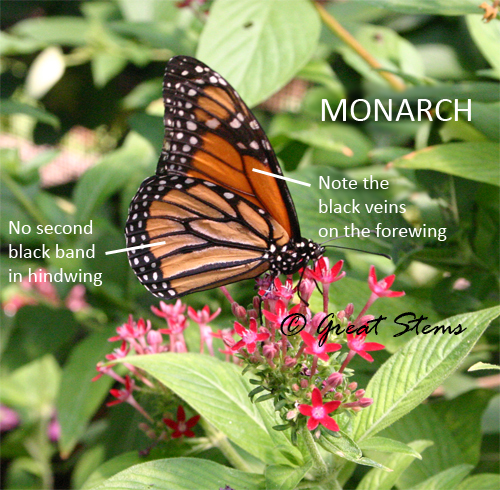 The upperside of a Monarch shows a wide black band along the edge of the forewing. The bold black veins on this Monarch indicate that it is a female; male monarchs have thinner black veins, along with their androconial spots. Monarchs lack a secondary black arc found on the hindwings of Viceroys.
The upperside of a Monarch shows a wide black band along the edge of the forewing. The bold black veins on this Monarch indicate that it is a female; male monarchs have thinner black veins, along with their androconial spots. Monarchs lack a secondary black arc found on the hindwings of Viceroys.
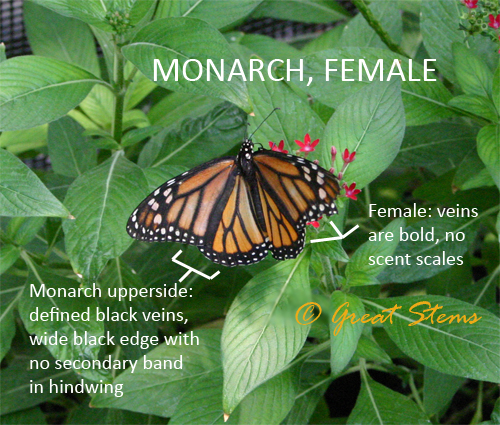
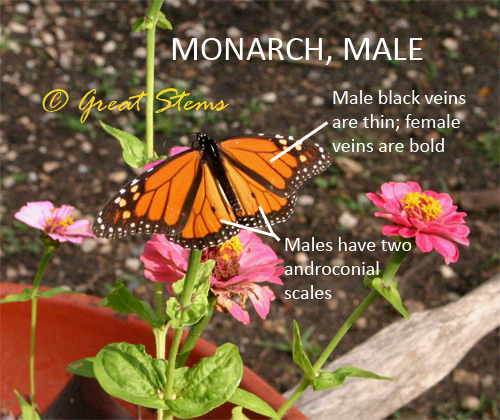 Soldier butterflies are fairly similar to Queens at first glance, but they have black veins on the underside of the forewing and pale spots visible on the underside of the hindwing. The veins of the upperside are also more defined on a Soldier butterfly than on a Queen. Their distribution range is more limited than that of the Queen, typically farther south into Mexico.
Soldier butterflies are fairly similar to Queens at first glance, but they have black veins on the underside of the forewing and pale spots visible on the underside of the hindwing. The veins of the upperside are also more defined on a Soldier butterfly than on a Queen. Their distribution range is more limited than that of the Queen, typically farther south into Mexico.
And finally, the Viceroy. The Viceroy butterfly (Limenitis archippus) is not a member of the same genus as the Monarch, Queen, and Soldier butterflies, but it looks remarkably like them, particular Monarchs. If you click on the link, you’ll see in the picture there that the primary distinguishing mark of a Viceroy is a secondary black line arching through the hindwing on both the upperside and the underside — as mentioned above, Monarchs do not have this.
The Viceroy is an example of Müllerian mimicry because its orange and black markings are like that of whichever Danaus species is local to its area, and all are unpalatable. In this way the four species having similar markings and a bad taste provide them all with added protection from would-be predators.
Did you know that there are other butterflies with similar markings, including one called the Common Tiger in India? It’s a beauty — in addition to the orange and black coloring of Monarchs, the Common Tiger has beautiful white stripes on the forewings. Others are found in Africa and elsewhere in Asia. The animal kingdom sure is fascinating.


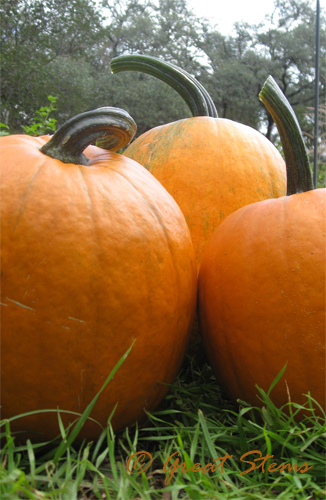
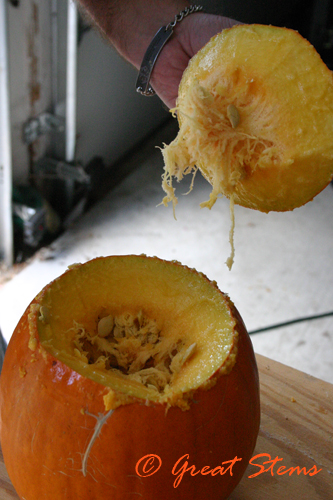



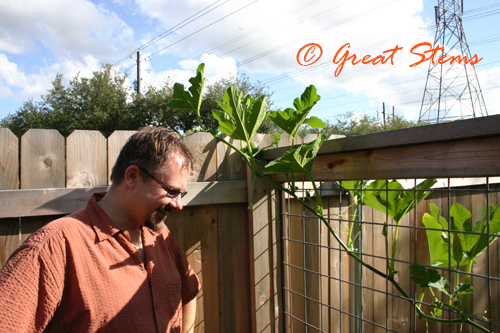
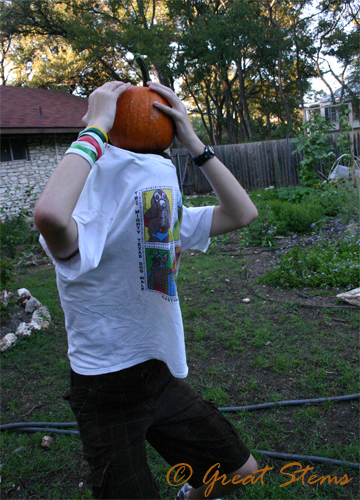
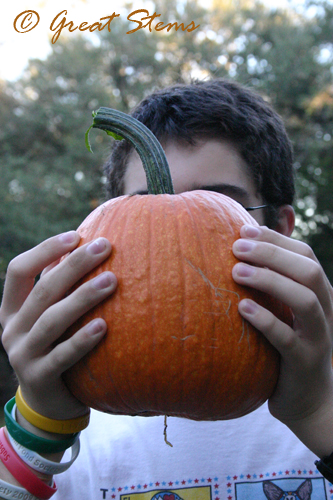
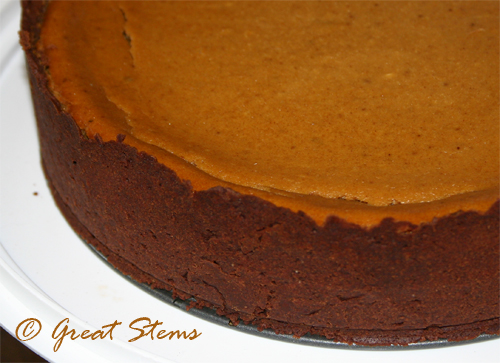
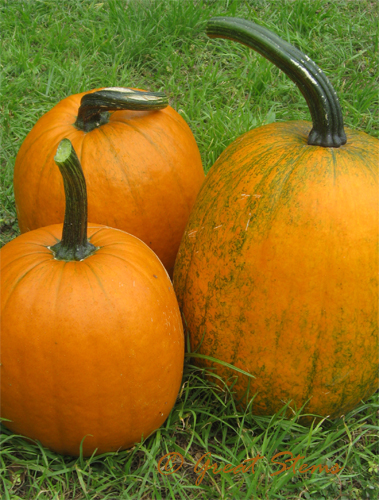
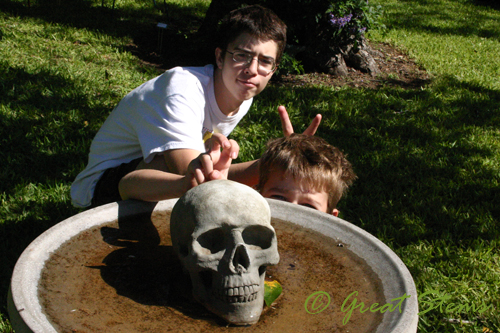
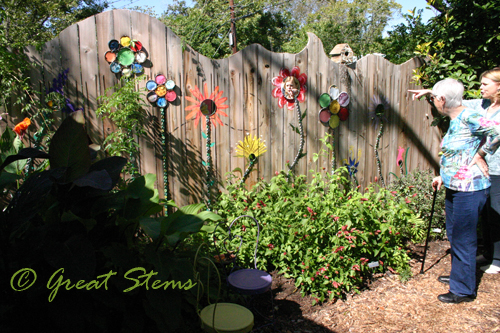

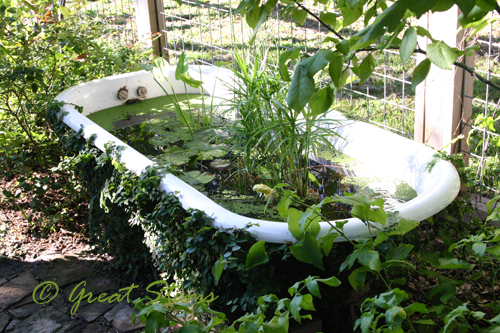
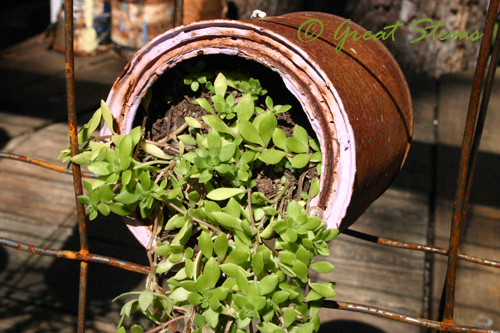
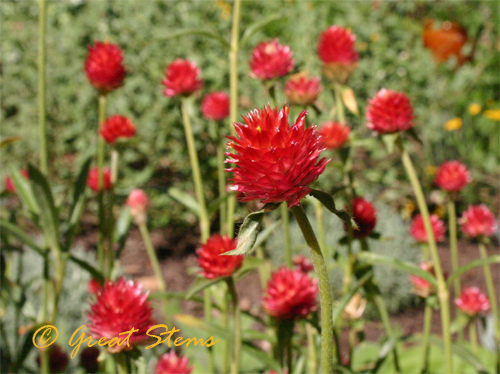
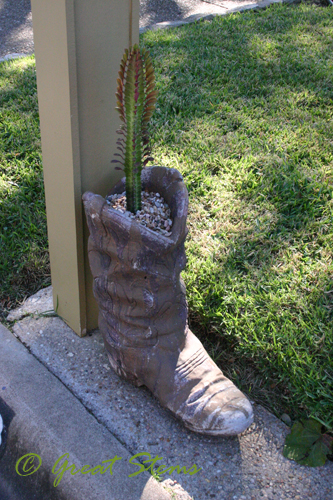
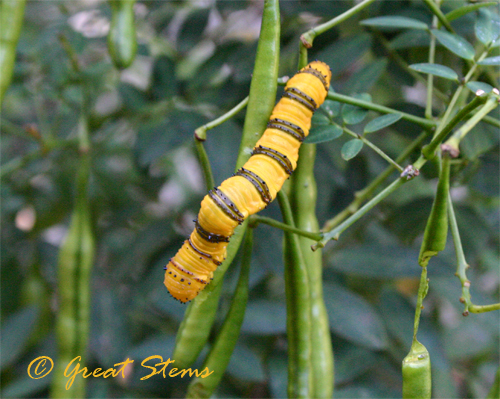
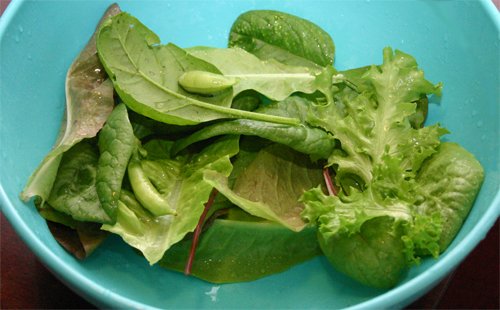
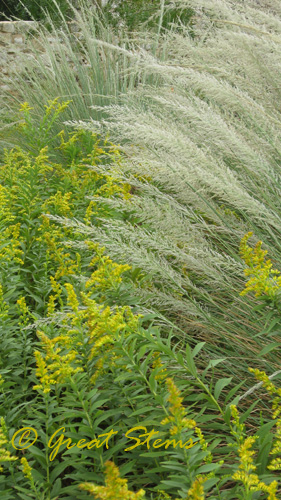
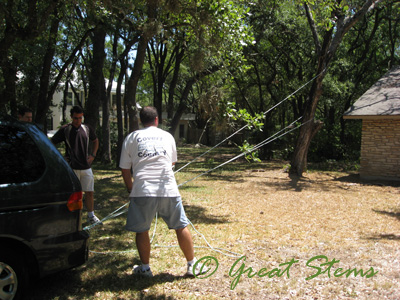

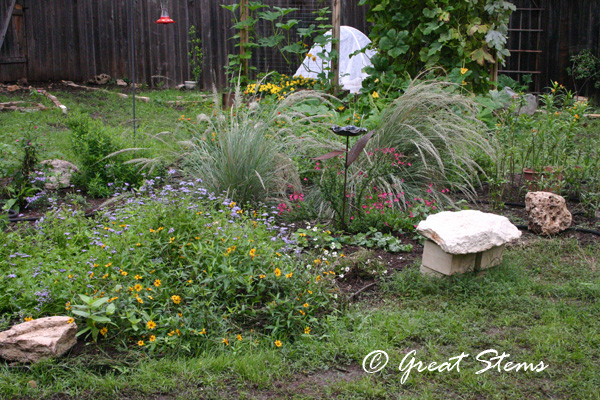
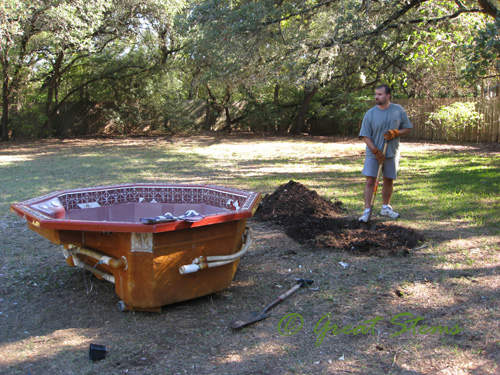


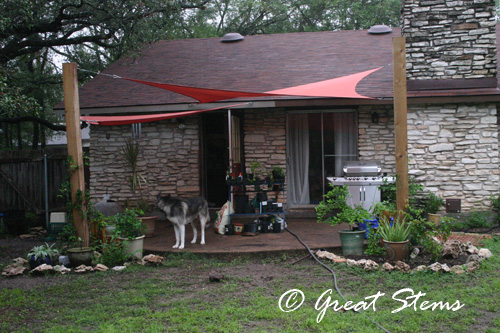
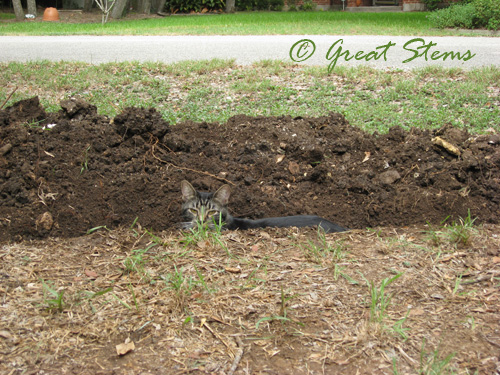
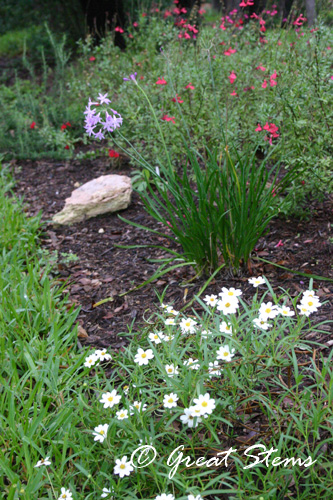 There’s a lot more to our yard than what you see here, and I invite you to
There’s a lot more to our yard than what you see here, and I invite you to 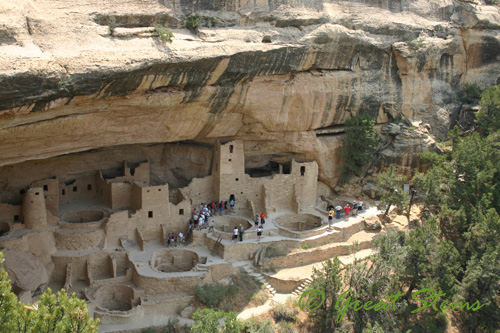 A couple of years ago my boys and I went to Colorado with their grandparents, and we snuck out for a side-trip to beautiful
A couple of years ago my boys and I went to Colorado with their grandparents, and we snuck out for a side-trip to beautiful 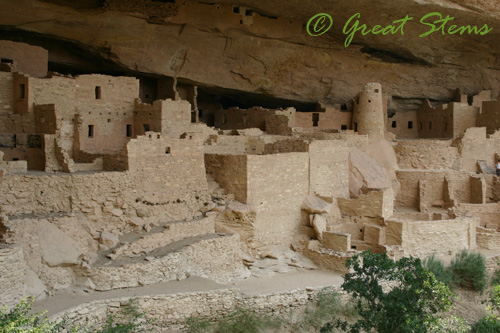
 The temperature was very comfortable, and it’s easy to understand why the Ancient Puebloans took shelter in the cliffs, out of the hot summer sun and cold winters.The doorways of the buildings were quite small. At 5’5″, I would have been as tall as the tallest man.
The temperature was very comfortable, and it’s easy to understand why the Ancient Puebloans took shelter in the cliffs, out of the hot summer sun and cold winters.The doorways of the buildings were quite small. At 5’5″, I would have been as tall as the tallest man. 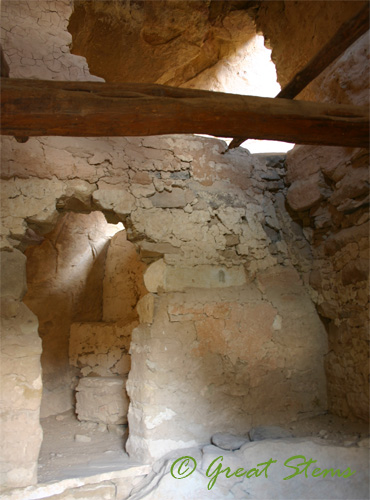


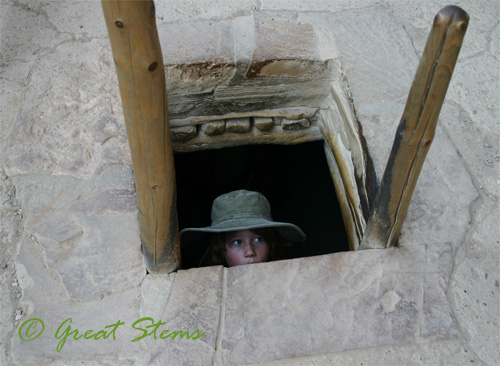
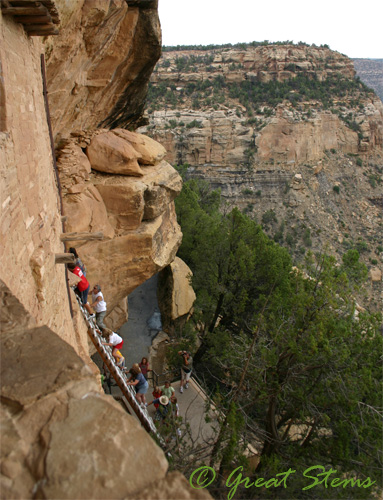
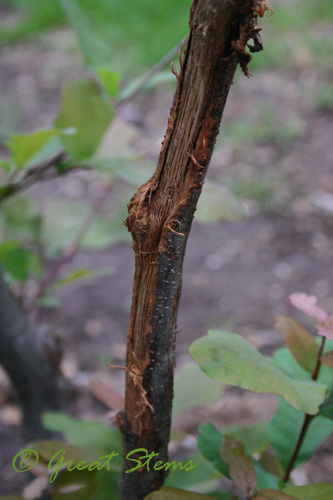
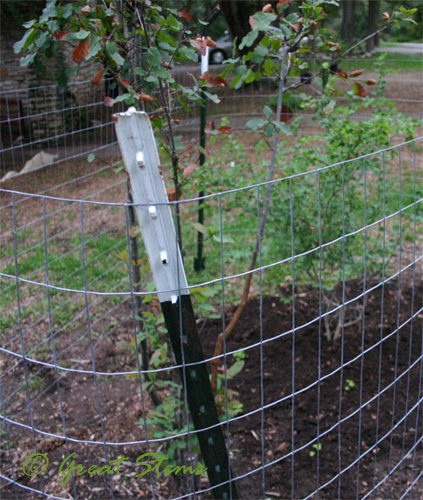
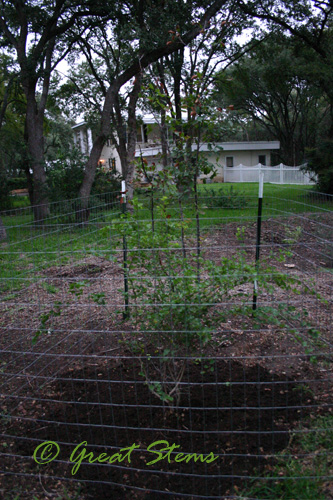 Now for some good news — the disappearing fountain is back and functioning again! We never did solve the mystery of the shifted rock, which led to the unexpected emptying of our new disappearing fountain and potential pump damage. But happily the pump still functions, and our fountain still remains the $40 disappearing fountain! We changed up the rock structure, so hopefully it will be harder for some creature to displace the tube. That little rock is only there for interest, not for directing the water flow.
Now for some good news — the disappearing fountain is back and functioning again! We never did solve the mystery of the shifted rock, which led to the unexpected emptying of our new disappearing fountain and potential pump damage. But happily the pump still functions, and our fountain still remains the $40 disappearing fountain! We changed up the rock structure, so hopefully it will be harder for some creature to displace the tube. That little rock is only there for interest, not for directing the water flow.